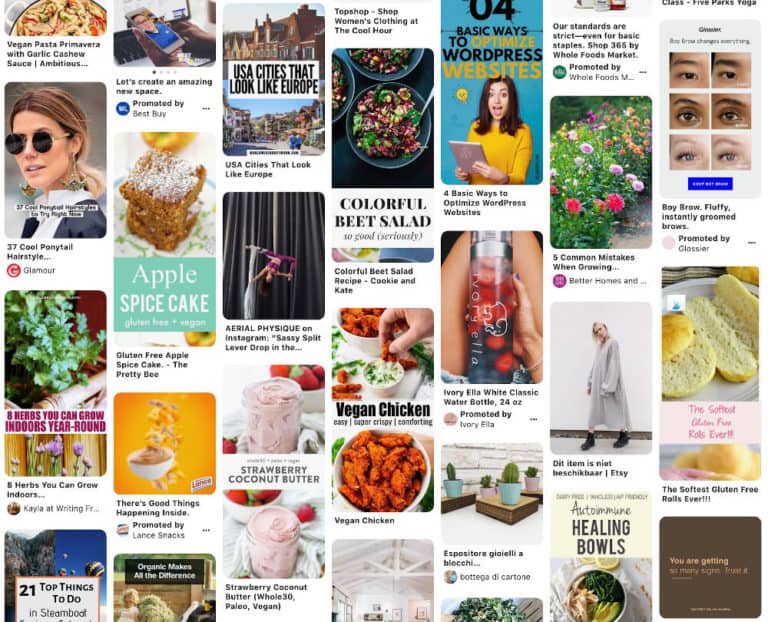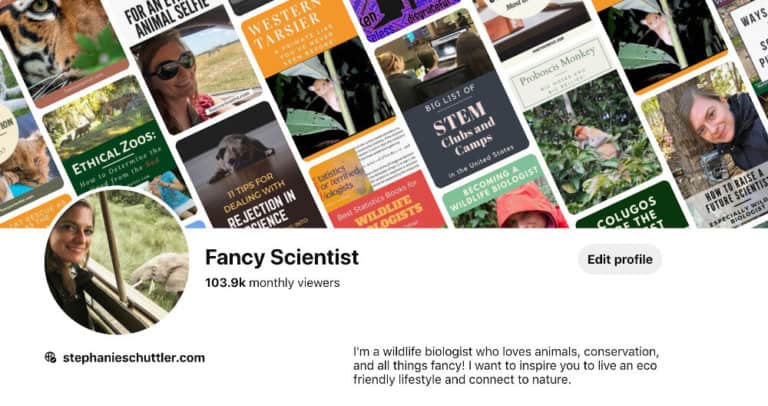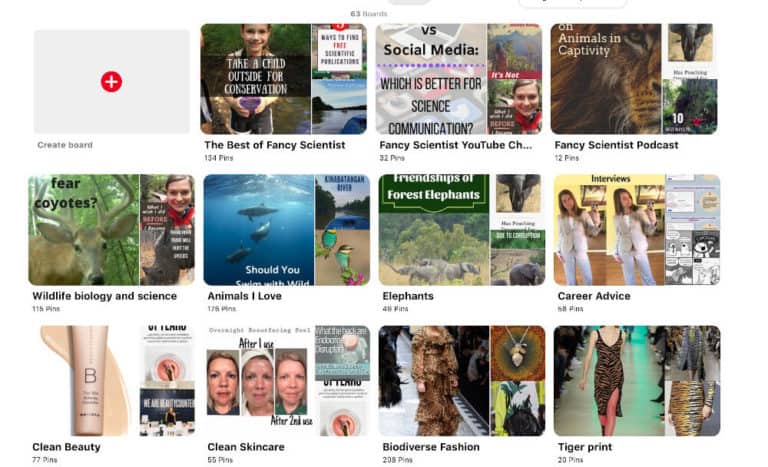If you’ve listened to previous episodes of the podcast (like #16 and #17), you know how important communication to the public is for science and conservation. Many scientists are on Twitter, Instagram, and even TikTok now, but hardly anyone I know uses Pinterest for science communication and conservation.
This is a mistake! Lots of people don’t even think about Pinterest when it comes to choosing social media platforms for communicating science and conservation messages, but it’s one of the best out there, just behind YouTube.
Pinterest is extremely effective for reaching new audiences with the content you are already creating. It is better than Instagram, Facebook, and Twitter. I get approximately 120,000 monthly views from my Pinterest page as opposed to my Twitter and Instagram feeds, which reach over 6,000 and 4,000 respectively.
For my website traffic for all of 2020 so far, over 15% comes directly from Pinterest, only second to a Google search. For my 3rd most viewed post on my website, 95+% of the traffic is from Pinterest.
But it’s not just about the numbers. Pinterest is great for many reasons. In this podcast, I’ll go over:
- What is Pinterest
- Why Pinterest is more evergreen than other social media platforms
- Why Pinterest will let you reach new and different audiences
- Why people may be more likely to read your Pinterest posts
- How to use Pinterest
- Tips to make your Pinterest page successful
- Easy and free tools to make pins: Canva. Join and use for FREE here.
- Easy and free tools to promote your pins: Tailwind. Join and use for FREE here. I still use their free version.
- and MORE!

Powered by RedCircle
Or listen on Apple, Spotify, or Google podcasts.
Resources and Sources Mentioned in Pinterest for Science Communication and Conservation:
Check out this video for how you can use Pinterest for science communication and conservation:
Love this post? Share it with friends!







Reader Interactions